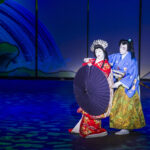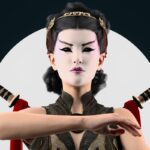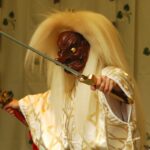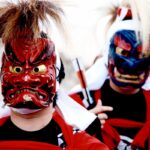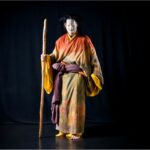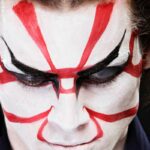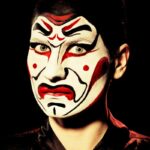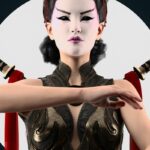If you aren’t familiar with the technique used in kabuki performances, you may see it as a series of random and exaggerated movements. However, this is absolutely not the case when it comes to this art form.
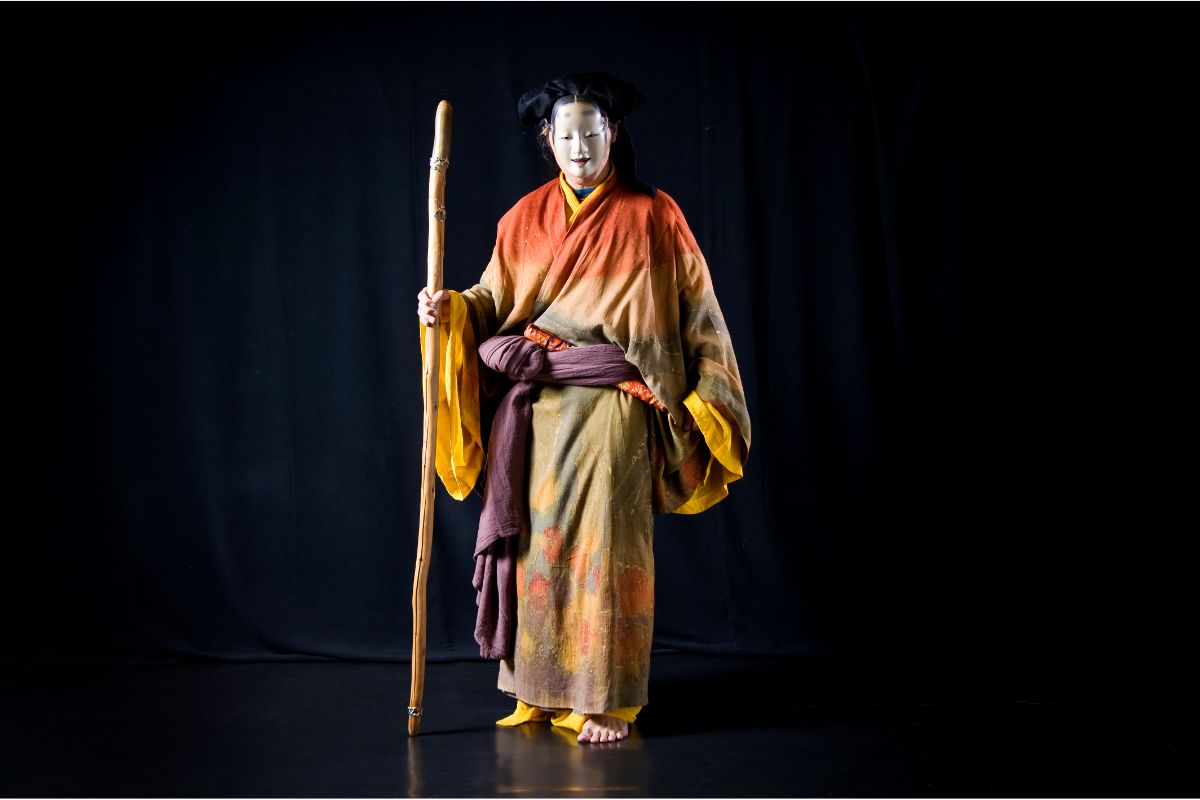
Every movement, expression, and outfit plays a crucial role in a kabuki performance. In order for a kabuki actor to succeed in their career, they need to master the techniques required.
These techniques are complex enough to be taught at university, and are not something to try half-heartedly.
These techniques represent different things, including ages, genders, or even creatures from folk tales. If you want some insight into the techniques kabuki actors use to get their message across, keep reading.
Here, we will dive into the voice and body techniques that make kabuki the eccentric and entertaining art form that it is today.
A Breakdown Of A Kabuki Actor’s Technique
There are two unique points to look at when we consider the technique used by a kabuki actor. The first is the voice, and the second is the body.
Both of these techniques are crucial if an actor wants to accurately portray any character – no matter the age and gender they are.
We will take a look at each of these categories in the sections below and explore them to the best of our ability. Remember – kabuki is something you learn at university and is more than just a simple performance!
It takes years to master, so if you want to learn more in-depth information regarding this, you will need to sign up for the course.
The Voice
The first thing we will focus on is the voice. Any kabuki actor will go through extensive and in-depth vocal training. Without this training, performances and characters can fall flat.
Projection, tone, and inflection are all crucial elements that an actor must master.
Not only that, but every type of character in a kabuki performance will have different characteristics and vocals that make it unique. The sound and vocalization of a child will be inherently different to that of an elderly or macho character.
If an actor gets the voice wrong, a character will cease to make sense, and the whole performance could fall apart.
Much like in other art forms, dialogue is never just that. In kabuki, dialogue has to be delivered differently for every character, and for every meaning.
Even the simplest phrases such as “I am tired” must be delivered in a way that delivers both the words and the meaning behind them as well. It expresses the meaning of being tired, rather than only stating that the character is tired.
Made up and nonsensical words are also frequently used in kabuki. In his educational videos, actor Shozo Sato uses words such as these:
- Ne-Nee-SH-Ta-Non-Toy-Ella
- Nan-Ee-Ga
While these words have no actual meaning, they are used for convenience. Rather, they are the perfect way for an actor to practice intonations, or the rise and fall of the voice when speaking.
Child Characters
A child character in kabuki will always be acted out by an adult. Specifically, an adult male. Because of this, there are particular techniques that are used to let the audience know that the character is supposed to be a child.
Actors will use a high-pitched and more youthful voice with these characters. Not only that, but certain letters and sounds in words and sentences will also be drawn out to embody a child’s voice.
Feminine Characters
More mature feminine characters will also have a more distinct sound. A common age for these characters is between the ages of 16 and 17.
For these characters, they are noticeably more mature, but still sound youthful. They may draw out fewer sounds and letters, and speak in a more eloquent manner compared to a child.
Macho Characters
Inflections play a particular important role in macho characters. This is because an inflection will quickly and easily portray a character’s personality and let you know everything you need to know about them.
If a macho character is over 30 years old, they may also include elements of breathlessness to get their character across.
Elderly Characters
An elderly kabuki character is likely to have a breathless voice. This truly sets the character apart from the others, as no other age groups will have a breathless or puffing voice.
Although this technique can be difficult to master, it will always be indicative of an older character in a performance.
The Body
The body and its movements are equally important when it comes to character portrayal in kabuki.
Ages, genders, and even social status have different body language that an actor must master before getting on the stage to perform to an audience.
Male Characters
Male characters will usually stand with their feet together and their toes pointing outwards. Even while walking, their toes will remain pointed outwards to let the audience know that the character is masculine.
Female Characters
Female or feminine characters will be the opposite of the masculine. Their toes will point inwards when they stand or walk, and they will stress curvature and gentleness as much as possible.
In kabuki, a feminine character will likely use the “figure eight” movement.
This means that their head will move in a figure eight, followed by the shoulders, then the feet. Once all of these elements get combined, it is easy for a kabuki actor to create the illusion of femininity.
Warrior Characters
A warrior is a traditionally masculine and powerful character, and his body language must reflect this. In kabuki, you can expect a warrior’s movements and walk to resemble John Wayne.
They have unique and relatively loose movements, and take up more space than other kinds of characters in the performance.
Representation Of Age
Finally, age must also be represented with body language and movement. The way an elderly character moves will be vastly different to that of a young child.
In this case, a child will have naive or whimsical movements that are exaggerated. In contrast, older characters will have more limited movement, and the movement of their head will greatly diminish.
Their movements become more refined and solemn, giving a great contrast.
A teenager or young adult’s movements will also be different in kabuki. Their performance will be right between that of a child and an older character.
There may still be some naive or exaggerated movements, but they will also show maturity through reduced movement in some areas.
Final Thoughts
The acting techniques used in kabuki are made up of a complex but fascinating set of rules. They are not easy to learn, and it takes time to perfect every minute detail.
However, when an actor goes to school to learn such things, their skills are undeniable. They are able to transform into a character or any age and gender, and potentially even different creatures depending on the kabuki performance!
No matter who or what they are, every trained kabuki actor will never fail to impress and entertain you the moment they set foot on the stage.
- 16 Best Websites To Watch Japanese Movies With English Subtitles - May 11, 2023
- Is ZIPAIR The Best Airline For Traveling To Japan? - May 11, 2023
- Ryu Murakami Vs Haruki Murakami – Which One Should You Read? - May 11, 2023

